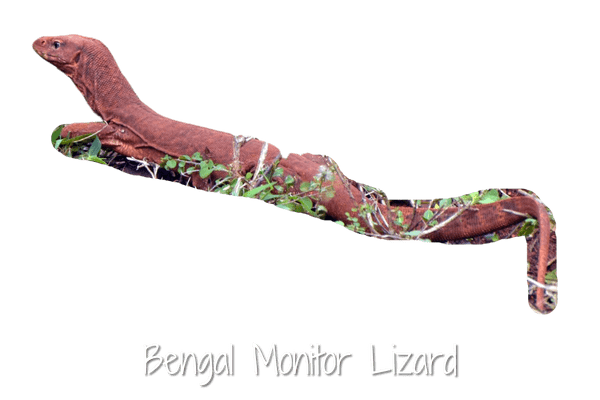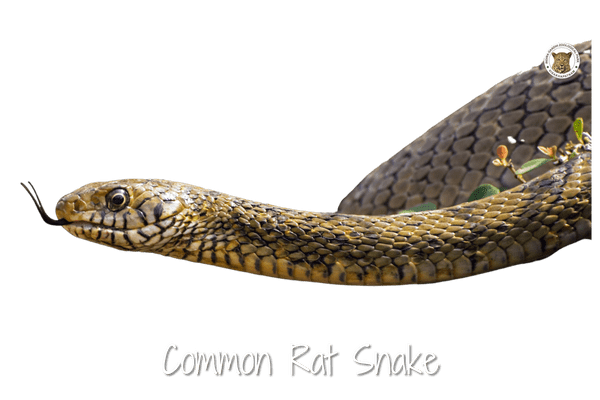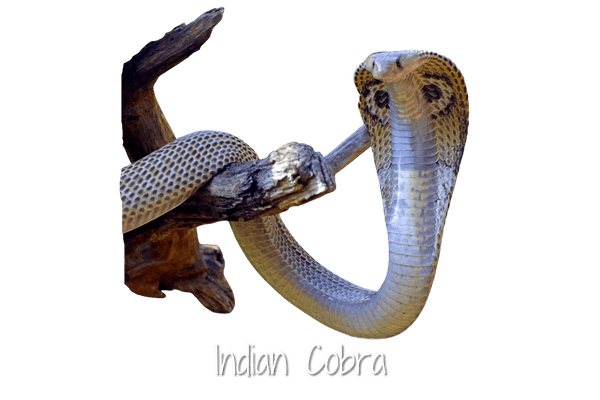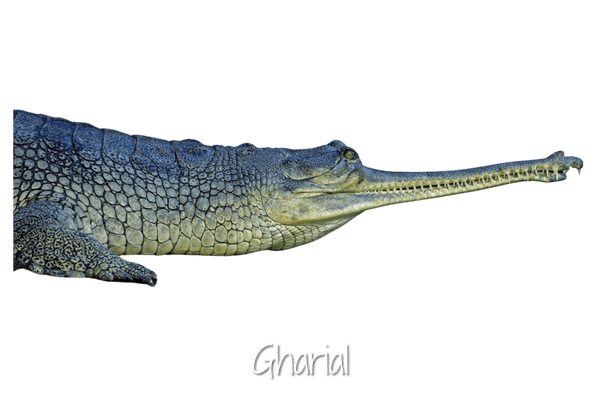Reptiles are air-breathing vertebrates covered in special skin made up of scales, bony plates, or a combination of both. They include crocodiles, snakes, lizards, turtles, and tor- toises. All regularly shed the outer layer of their skin. Their metabolism depends on the temperature of their environment.
Unlike birds and mammals, reptiles do not maintain a constant internal body temperature. Without fur or feathers for insulation, they cannot stay warm on a cold day, and without sweat glands or the ability to pant, they cannot cool off on a hot one. Instead, they move into the sun or into the shade as needed. During cooler parts of the year they become inactive. Because of their slow metabolism and heat-seeking behaviour, reptiles are cold-blooded.
Reptile reproduction also depends on temperature. Only boas and pythons give birth to live young. The other species lay their eggs in a simple nest, and leave. The young hatch days to months later. The soil temperature is critical during this time: It determines how many hatchlings will be male or female. Young reptiles can glide, walk, and swim within hours of birth. Reptiles first appear in the fossil record 315 million years ago and were the dominant animals during the Mesozoic era, which lasted for 270 million years until the extinction of the dinosaurs.
If the scales on the head broad ….. if can either be poisonous or non-poisonous. So the following points should be considered.
Note: Sea snake which as a laterally compressed tail & smaller scales on the head is poisonous.

Indian star tortoise is small reptile that belongs to the family of tortoises. It can be found in India, Sri Lanka and Pakistan.


Monitor lizard is large reptile that belongs to the genus Varanus. There are 78 species of monitor lizard that can be found in Africa, Asia and Oceania.

The Asian water monitor is large lizard native to South and Southeast Asia. It is one of the most common monitor lizards in Asia and is among the largest reptiles in the world.
Indian pythons are large nonvenomous snakes native to tropical regions of the Indian subcontinent and Southeast Asia.


Rat snakes are medium-to-large, nonvenomous snakes that kill by constriction. They pose no threat to humans.
in IUCN.
The Indian cobra is large highly venomous snake and is a member of the “big four” species that inflict the most snakebites on humans in India. The Indian cobra is revered in Indian mythology and culture and is often seen with snake charmers.

The Indian cobra is greatly respected and feared and even has its own place in Hindu mythology as a powerful deity. The Hindu god Shiva is often depicted with a cobra called Vasuki, coiled around his neck, symbolizing his mastery over "maya" or the world-illusion.

Iguana breathes using lungs. It can spend 28 minutes under the water without returning to the surface to breathe air.
Iguana is a type of large lizards. It can be found in Mexico, Central America, Brazil and on Caribbean Islands. Different species live in different habitats.
Conservation status: “Lower risk” in IUCN.
Probably the largest among present day reptiles. Dark olive or brownish olive above interspersed with yellow which is distinctive of this species sometimes with a brassy tinge.

There are 23 species of crocodilians distributed in the world. They can go without food for long periods, even for months.
status: “Lest concern” in IUCN.
Gharials, sometimes called gavials, are a type of Asian crocodilian distinguished by their long, thin snouts. Crocodilians are a group of reptiles that includes crocodiles, alligators, caimans, and more.

The Indian porcupine is an ‘Old World’ porcupine and one of the world’s largest porcupines. This rodent has rather long quills of up to 16 inches.
Indian giant squirrel is one of the most cute and lovable squirrels around the globe. This animal exhibits 2 – 3 types of color pattern with shades of black, brown and deep red.